The growing ecosystem of devices and products serving peoples’ health and well-being shows us that innovators already see the opportunity to serve the fast-growing market for self-care among people 50 years of age and up.
For nearly twenty years, one thing has felt inevitable: when boomers reach “old age,” senior living demand will surge. And yet ..
ChatGPT Health builds on consumer use of today's ChatGPT so responses are informed by your health information and context.
The prize honors .lumen’s Glasses for the Blind, an AI-based device that applies autonomous driving technology adapted for pedestrians. Using computer vision and local processing, the headset understands the three-dimensional environment in real time without relying on the internet or pre-defined maps and guides the user through subtle vibrations indicating a safe direction to follow.
The United States faces a fundamental mismatch between surging demand and insufficient capacity.

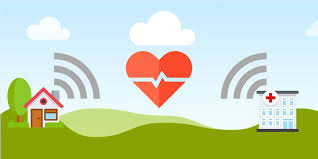 Sensor technology is increasingly useful in the care of older adults. As part of the research into the
Sensor technology is increasingly useful in the care of older adults. As part of the research into the 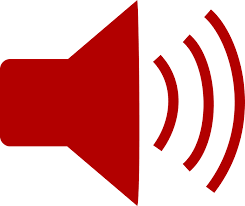 The biggest older adult tech news from August was audible.
The biggest older adult tech news from August was audible. 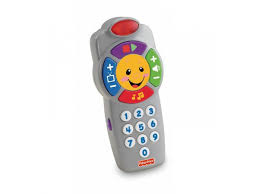 In recent years, TV Remote control devices became more usable – except for Apple’s. Rant on. Starting with the older one (“
In recent years, TV Remote control devices became more usable – except for Apple’s. Rant on. Starting with the older one (“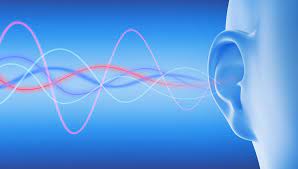 Yesterday was a big day that should have happened several years ago. Finally.
Yesterday was a big day that should have happened several years ago. Finally.  The Census knows the growth and potential explosion of care needs and older adults. Consider
The Census knows the growth and potential explosion of care needs and older adults. Consider 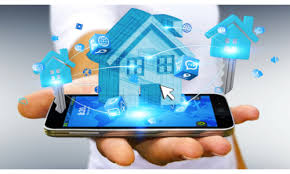 Some might say that sensor technology for older adults is nothing new. What’s the big deal? Remote monitoring products and services built with sensors have been around for decades.
Some might say that sensor technology for older adults is nothing new. What’s the big deal? Remote monitoring products and services built with sensors have been around for decades.  There is a labor shortage everywhere -- ditto in senior care. We know that one of the biggest issues in senior living (and home care, nursing homes, home health care) today is a shortage of labor. This
There is a labor shortage everywhere -- ditto in senior care. We know that one of the biggest issues in senior living (and home care, nursing homes, home health care) today is a shortage of labor. This  Design still needs to include older adults.
Design still needs to include older adults.